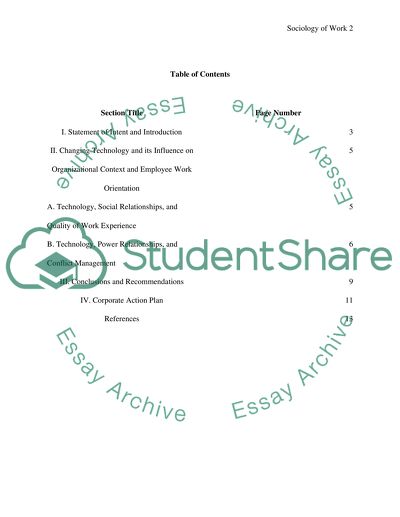Cite this document
(“The Influence of Technological Change on Organizational Context and Essay”, n.d.)
Retrieved from https://studentshare.org/sociology/1425684-sociology-for-work-final-project-essay
Retrieved from https://studentshare.org/sociology/1425684-sociology-for-work-final-project-essay
(The Influence of Technological Change on Organizational Context and Essay)
https://studentshare.org/sociology/1425684-sociology-for-work-final-project-essay.
https://studentshare.org/sociology/1425684-sociology-for-work-final-project-essay.
“The Influence of Technological Change on Organizational Context and Essay”, n.d. https://studentshare.org/sociology/1425684-sociology-for-work-final-project-essay.


